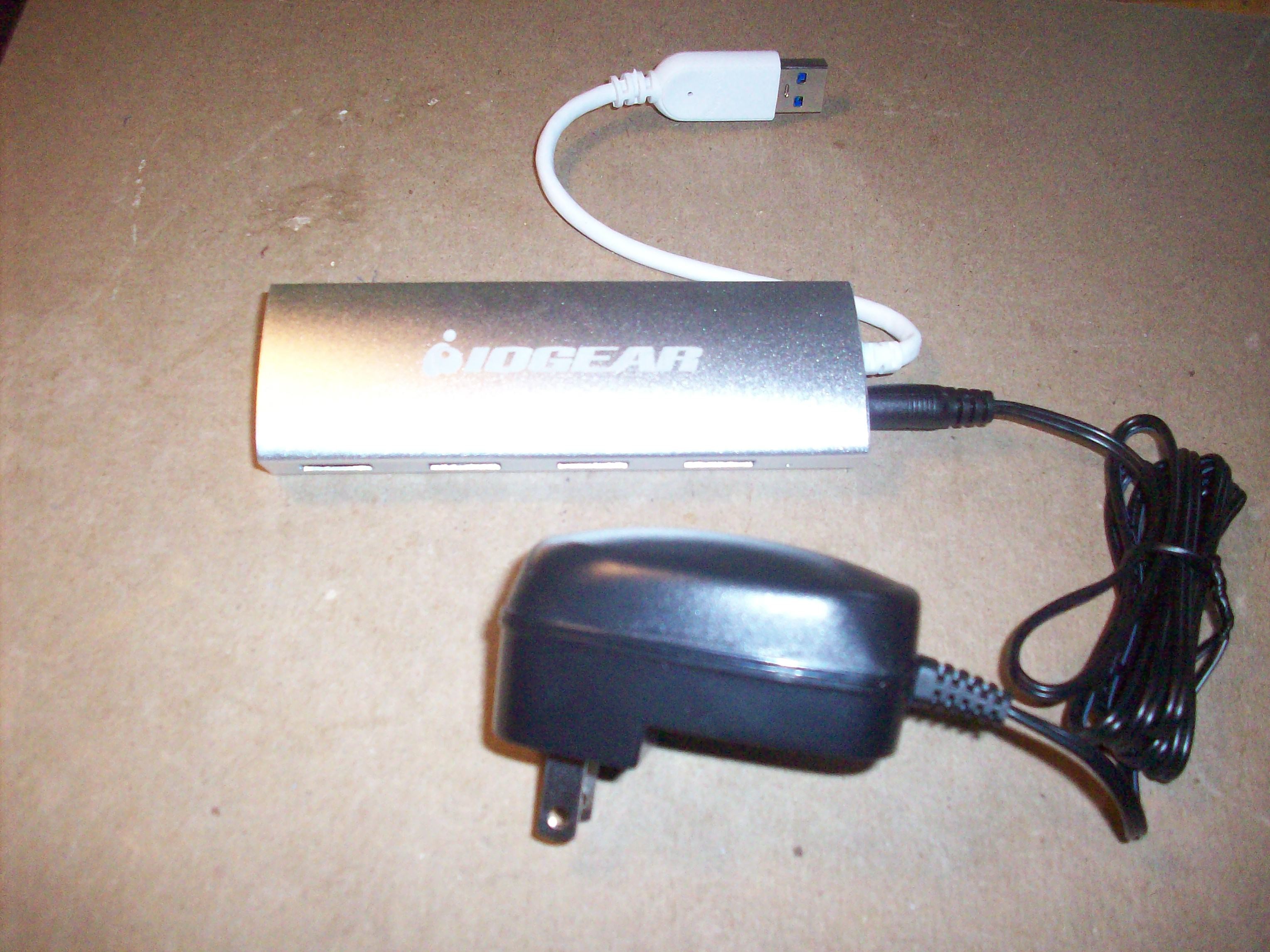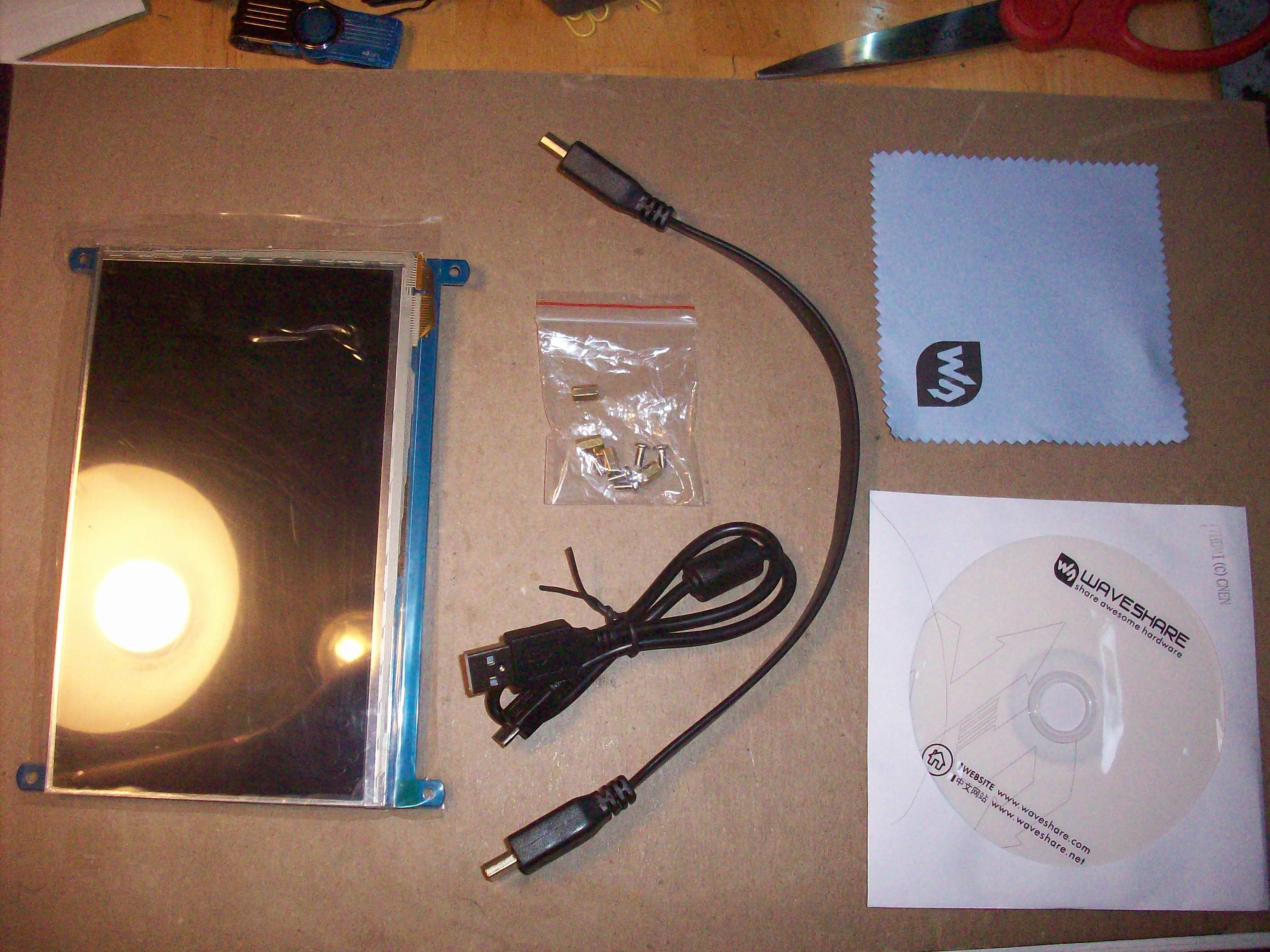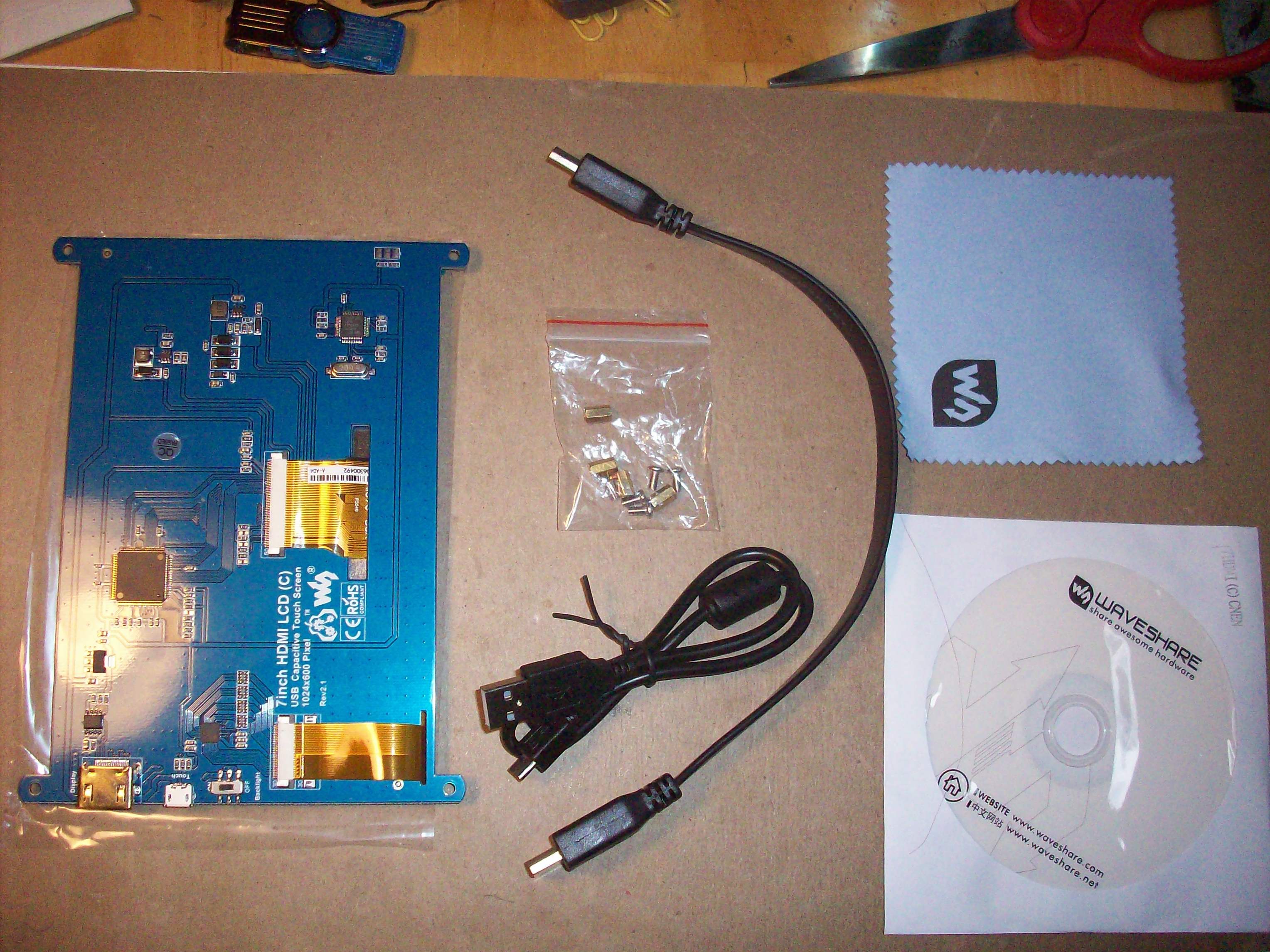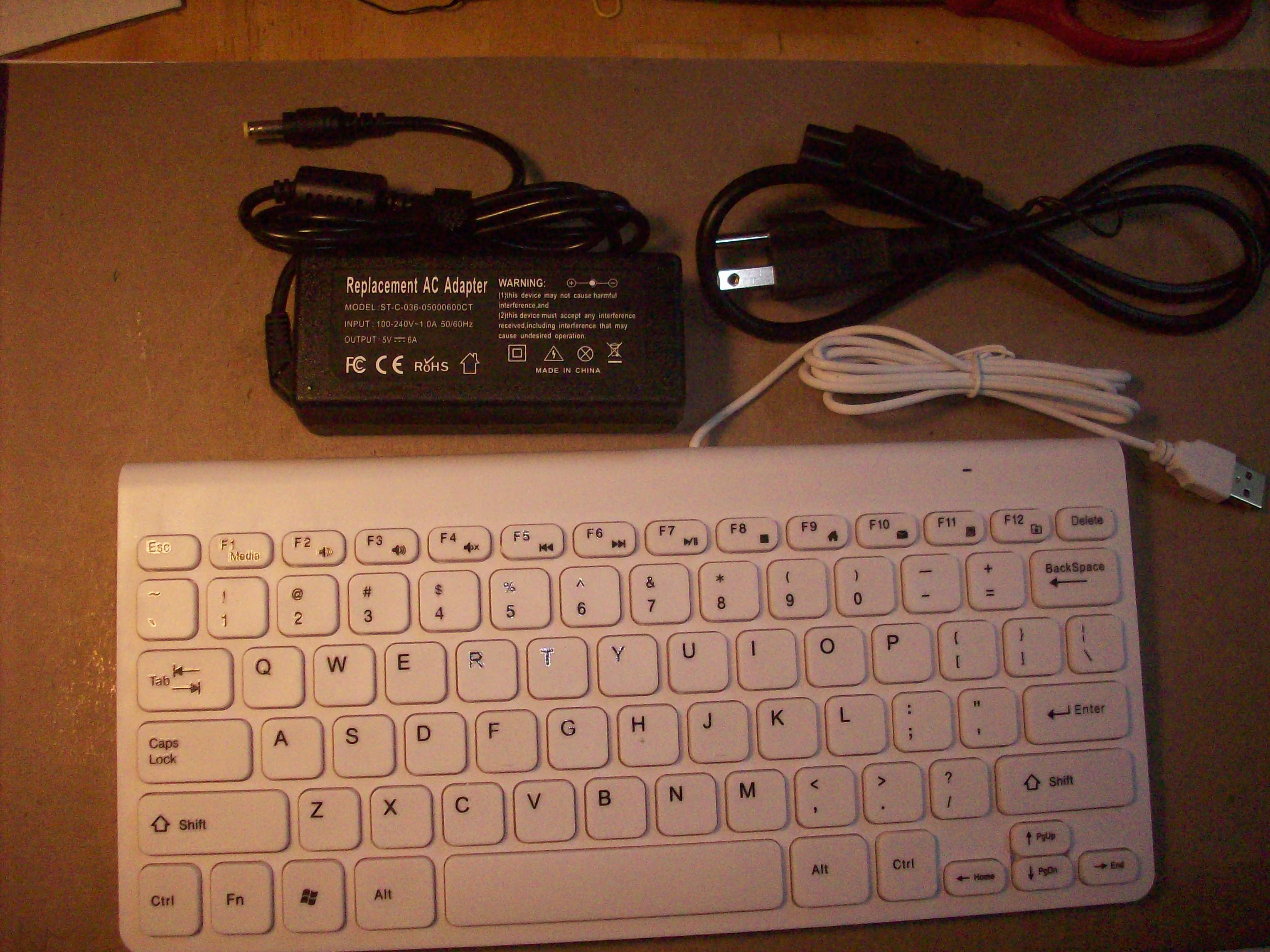-
"How do you do, fellow losers?"
10/21/2017 at 21:03 • 5 commentsDidn't make it to the Finals. Oh well... I never win anything anyways.
Still, I have to admit it kinda stings.
I guess I'm on to brighter pastures for now...
...catch ya later, folks...
-
Video's up! and other stories...
10/20/2017 at 17:18 • 0 commentsGot the video up to qualify for the finals (if I make it that far, which I somehow find unlikely).
Also found a bug in the instructions. One page is out of order... I'll have to re-number the files and recreate both PDFs. Not /too/ big of a deal, but annoying nonetheless...
I will update this log once the instructions are fixed and re-uploaded.
EDIT: fixed instructions have been successfully uploaded, and the defective sets removed.
-
Instructions are up!
10/15/2017 at 20:30 • 0 commentsBoy, that went a lot faster than I had expected. Fifteen pages of instructions drawn, scanned, and bundled, in a bit over two days. Not bad!
I still have two files to draw and upload, but those can wait a little -- they are the templates for two pieces that have to be cut out of cardboard. One is the 'prop' or 'stand' at the back of the system that keeps it from flopping onto its back when you open the lid, and the other is an optional component having to do with the display.
I'll get those files up hopefully some time this evening. For now, I'm going to relax a little.
-
I'm a-workin' on it...!
10/14/2017 at 16:52 • 0 commentsI'm drawing up the draft version of the instructions (hand drawn, not computer drawn). I can only push this pencil so fast, though... I hope I get done in time. My fault, of course, for dithering down to the last minute, but here we are...
...oh well. Whatever I have will be up Monday morning, even if it's incomplete.
-
Talking Parts, Sort of: Keep It Simple, Dumb***!
09/29/2017 at 23:14 • 0 commentsI'm still thinking over how I want to lay out the instructions. I think it's going to be in several sections, each dealing with one specific kind of component, with a first page acting as pictorial index.
I'm also thinking of simplifying things in terms of combinations to provide instructions for. For example, I was originally going to cover pulling a display from a laptop and getting a custom controller -- but that is a steep challenge to convey even *with* language involved.
Think about it. Even after you get the LCD panel out of the laptop intact (which is itself a significant feat) you have a controller to buy. To get that, you have to message someone on eBay (or sketchy general-Internet storefronts for the same company) and find out what controller they have that works with your panel. If you aren't particularly lucky, they won't have one for you at all and you get to start over with another laptop. Even if you /are/ able to get the controller, hooking it up is non-trivial -- and that entirely side-steps the issue of getting it from the seller to the buyer. I don't mind sending instructions bucket-brigade -- Timmy c/o Tommy c/o Jane c/o Jack c/o Mindy c/o Mandy, and down the road ya go -- but any serious business is not going to be willing to do that.
So screw it. Out goes that option. Unfortunately. It's really a very good option -- totaled laptops with otherwise-useful screens are not in short supply really anywhere -- /until/ you think about sourcing a controller.
Most of the problem, really, is the display protocol -- almost every laptop put together in the past twenty years uses a protocol called LVDS, Low Voltage Differential Signalling. The central problem with LVDS is that there are no defined pinouts or connectors or *anything* physical defined *anywhere* in the spec -- the laptop manufacturers are left to do that work themselves, and the result is that it's not really a standard, /per se/ -- it's much more a collection of almost-entirely-proprietary implementations of a protocol. What a waste.
As another matter, I'm rethinking the idea of offering the AnyTop as a kit. This would simplify the instructions significantly, although it would also potentially cause import/export problems, if a country had particularly stringent restrictions on the stuff. I suppose I could offer two versions -- a kit and a set of DIY instructions -- but I'm not terrifically thrilled about that, either.
-
Just a quick update...
09/24/2017 at 01:03 • 0 comments...to say that not much happened today. I slept especially poorly last night (again) and while I tried to work a little on instructions, I didn't get very far.
All the parts have arrived for the prototype, though. I'll be putting that together in the next few days, maybe... I'm kind of torn, because I want to test out the directions that way -- but I can't test them out with all the permutations I want to. I don't have enough parts... I guess I could do a mock build for all but one. They don't have to work properly once assembled, to prove that assembly works -- and (lucky me) I'm friends with the owner of a local tech shop, so I can get some busted parts if I need to.
I might just do that...
-
Talking Parts: Chassis
09/22/2017 at 14:58 • 0 commentsLet's start the componentry discussion. I'm sure both of you dudes/dudettes following the project want to know about the intricate variations in every possible way of how this thing can go together, and in positively excruciatingly fine detail at that.
...yeah, right. [insert "rolleyes" smiley here]
More seriously, though, it's worth expounding on the parts at least a /little/. There are design considerations here. For now, let's look at the chassis, since that's the most important and basic part, at least in a sense -- everything attaches to the chassis.
The object I chose for the chassis was inspired by a photoset I found on Google Images, posted to Imgur here --> https://imgur.com/gallery/mOyf8
(Full Disclosure: as I am a member of the Imgur community, I posted a comment to that album -- mine is the comment about cooling.)
Strangely, until then, the idea of placing the guts of a computer in or on a three-ring binder somehow had not occurred to me. This is very strange, since it's almost perfect for what I want to achieve here. The hinge is already in place and (as long as one doesn't spring for the ultra-cheap ones made of thin awful bendy plastic sheets) the rest is fairly sturdy. The only thing is that you need to toss the three-ring mechanism, which, as it turns out, is extremely easy. Give it a solid yank and it will come right out, rivets and all!
Suitable binders (the kind with thin PVC or whatever over cardboard) are also incredibly easy to find... Dollar Tree has them (I can't speak to Poundland in the UK, or equivalents in Europe, sorry), Wal-Mart has them, nearly everyone but the grocery store has them. A one-inch model will do fine in most cases.
The key, again, is that the sides have to be sturdy and rigid. If you get one with floppy, saggy sides -- congratulations, you just wasted 88¢ or so on a piece of $#!* that won't work here.
The other thing is that the hinges don't have a travel limit. This is easy to fix -- a simple folding flap of cardboard on the back of the binder props it up just fine. It's not like this thing is water-resistant anyhow...
-
An update, in the miscellaneous sense...
09/17/2017 at 18:20 • 0 commentsI was going to start delving into the various factors and considerations for part selections, one at a time, but I haven't been sleeping well lately (well, okay, I haven't had a genuine good night's sleep in probably a couple decades -- but lately it's been particularly bad) and my caffeination levels are not sufficiently high enough to compensate right now...
...so you get this update instead.
I've put up a list of parts... it's purposely vague because of all the variations that can go into this thing and yet have it still come out just fine.
System units can go all the way from a hipster-chic Mac Mini (old or new) through to a RasPi (not recommended for horsepower reasons) or a bare MicroATX or smaller motherboard with CPU and RAM (not recommended for durability reasons) -- heck, one could strip down an old netbook or small laptop and use the guts of that for the thing, if one wanted to do so. Seriously.
Screens can be an old laptop/netbook screen with an eBay controller, or (if the cable's long enough) even driven by the original old laptop or netbook. In the proof-of-concept build, I'm using a screen module intended for a RasPi. It's got touch capability (capacitive) which I'm not using because I neither need it nor care about it.
The whole setup is like this, down to the power supply -- while the proof-of-concept uses a single-voltage supply (five volts output, and it pulls probably around four amps of the six that the supply can supply) -- a LaCie "Bigger Disk" brick is great if you've got a repurposed thin client or super-low-spec box on there, such that some things need 12v and some need 5v. Or, if you need some beef to your supply, weird-$#!* Dell small-form-factor supplies are good for that... just watch your cable lengths.
...and I'm really only touching on the highlights of each of those items, here. There's plenty more to say on each -- and those aren't the only components in the list, either...
But that's for later.
In the meantime, I got another part in. I ordered two special MicroUSB cables; they're supposedly two-conductor 18awg inside (the data lines are unconnected, as I understand it) and intended for 2a fast-charge purposes. Time will tell as to how much of a ripoff (or not) they were. I'll be using one for the power cable to the LCD. Why I ordered /two/ I'm really not sure of -- for now I'm chalking it up to a brain fart -- I really do only need one. Oh well. No photo this time, since the cables don't look any different from your average round-cable MicroUSB cable...
Oh, and I've kind of hit a stumbling block with the instructions... I think I have it figured, but it /could/ present a problem. I need to convey color information, but I can't rely on people having access to a color printer... and, as stated earlier, I really don't want to use language in the instructions. I have two ideas -- one, point to parts of a rainbow, and two, include instructions that basically indicate to write the names of the colors down next to the places where such colors are indicated. Both ideas are sort of questionable, though, in terms of utility -- can anyone suggest anything better...?
-
Mailbag Time...
09/13/2017 at 20:16 • 0 commentsHere's what's arrived in the mail so far... not pictured, a pair of three-ring binders I got (one at Dollar Tree, one at Wal-Mart) and a roll of 3M Scotch double stick foam tape. What *is* pictured is... the power brick, a powered USB hub and its 'wall wart' power supply, the keyboard, and the display and its associated accessories (cables, a microfiber cloth, and a CD and some mounting hardware that will not be necessary for this project).
Hub in box...
Hub not in box...
LCD and peripherals (shiny!)...
LCD upside-down and peripherals...
Power brick with cloverleaf-style cord, and keyboard...
That's it for now, but I'll keep everyone posted... next up (later!) will be some yammering about component selection -- /what/ to buy, rather than where and how to buy it.
-
On ordering and receiving things from various places through the questionable magic of eBay
09/13/2017 at 20:08 • 0 commentsI confess to ordering all the parts I needed for the AnyTop proof-of-concept build before creating the project formally on Hackaday[dot]io. Several components had to come from China for economical reasons (I have been rather unsuccessful in my attempts to grow a literal dollar tree from coins in the ground... just kidding, I'm not that stupid).
Let's talk about that -- ordering from Far Far Away on eBay -- for a minute, actually, because there's something of an art to it.
Upon perusing eBay, if you're good enough with the keywords (or bad enough, depending on one's perspective and goals), you'll see a lot of cheap trinkets come up that are shipped from China, Hong Kong, Taiwan, Singapore, or Malaysia. My first piece of advice: ignore anything from the last three places. Only purchase from China or Hong Kong, if you're going to purchase directly from Asia to begin with. There's a reason for this, and it has to do with shipping.
There are essentially three shipping services available from China and Hong Kong, and only really one from Taiwan/Singapore/Malaysia/etc. Unfortunately, the one common to all five countries is the /worst/ of the services -- I call it the "someday maybe" service.
Let's go over /that/ service first. It's typically labeled simply as "Economy Shipping" on eBay, although sometimes it pops up as "Economy Shipping from China/Japan/Hong Kong". If you see the word "economy" in the shipping category, you're getting the "someday maybe" service, and you're in for a real trip. This shipping option takes one to three /months/ for your gadget or trinket or whatever to wend its way from Asia to America... /if/ it arrives at all! There is neither tracking nor any official guarantee that what you ordered will ever actually show up. After forty-five days of tapping your foot for a package that will never show, you can go back to the eBay seller, and if they're nice, they'll send you a replacement... but they'll send it the exact same way, because eBay sellers in Asia make Uncle Scrooge look positively generous with his money...
On the other end of the scale is "EMS" -- which is usually labeled as "Expedited Shipping" for somewhere between us$20 and us$35... tending towards the higher end of the scale. I've never used this service, given the truly exorbitant expenditure it requires, but my understanding is that it's something like USPS' Priority Mail Express (formerly known as Express Mail) where they get it to you pretty much as fast as they can without flying over your house and dropping it out the back of the plane on their way by.
If neither of these services sound terribly awesome to you -- you'll be fine, because China Post has one trick up its sleeve that no other postal service in the world seems to have -- yet. (The rest of the world -- especially here in the US -- ought to get on that, you're getting your butts all collectively kicked by China here, badly...) It's called ePacket, and it's /fantastic/. Most sellers, even if they don't offer it in the listing, will send you your trinket ePacket if you "Contact Seller" and ask nicely. Some will refuse unless the merch is worth a certain amount (usually us$5) and all will tack on the extra charge (usually us$2) -- but /most/ sellers will do this without too much haggling.
ePacket is cheap as dirt (as I said, it runs about us$2 an item, sometimes less) and it has both tracking and a guarantee that your item will show up in usually somewhere around ten to fourteen calendar days. Sometimes sellers will drag their feet (I can't count how many times I've had to bug a seller for printing the shipping label and then not actually shipping the package, multiple days after I've paid up...) but that's largely a cost of doing business, and if you're paying attention you won't get burnt by it.
That's about all you need to know. If you insist on ePacket, you'll be fine.
 Starhawk
Starhawk Hub not in box...
Hub not in box... LCD and peripherals (shiny!)...
LCD and peripherals (shiny!)...

